5. Irreversible (Thomas Bangalter)
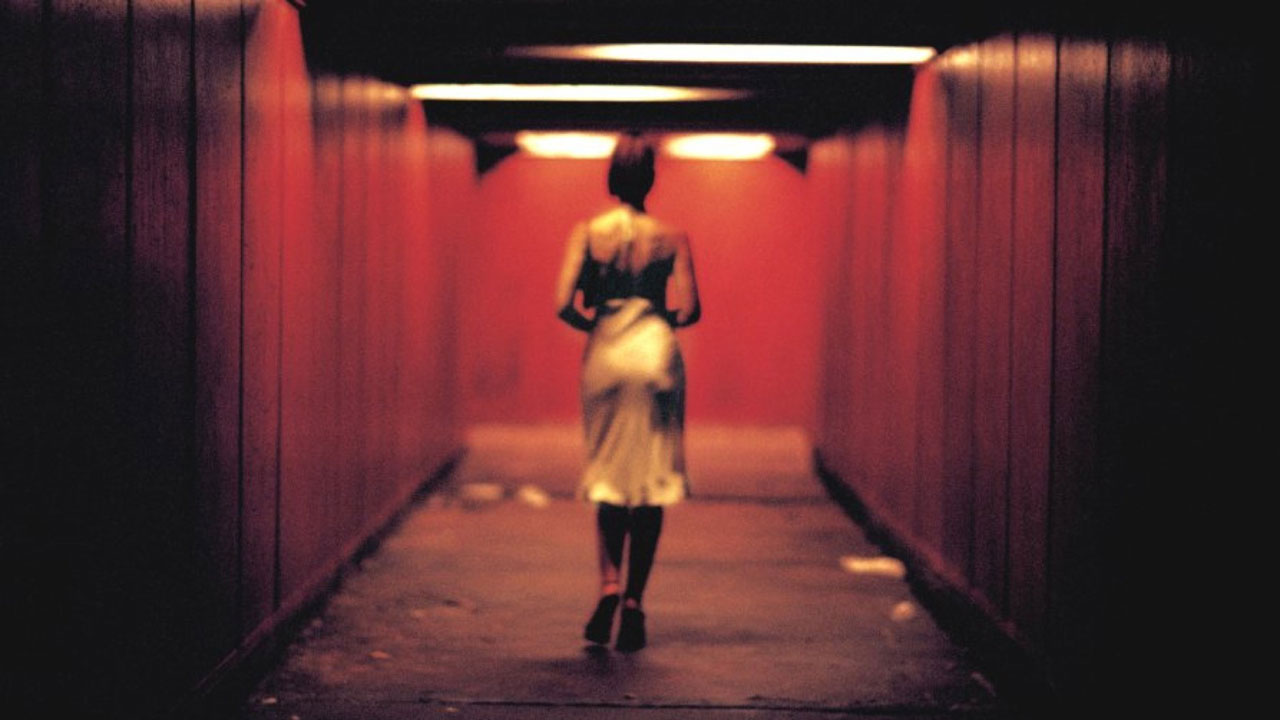
“Irreversible” is one of those movies that is accompanied by its controversial reputation. Barracked in Cannes for its explicit illustration of violence, the movie tells the story of Alex (played by Monica Bellucci), her boyfriend Marcus (Vincent Cassel) and her ex-lover Pierre (Albert Dupontel), with the scenes arranged in reverse order. After a dispute between the couple, Alex gets raped in a passage underground. In order to take revenge, the two men start a bloody campaign of vengeance.
While the visual layer is quite shocking on its own, the music of Thomas Bangalter (well-known for being the half of French electronic duo Daft Punk) stretches this effect to the top. By using extremely low and high frequencies, the audience is set in a specific mood, dominated by discomfort and strain (in particular, industrial bands like Throbbing Gristle used this technique in the 70s in order to underline their artistic purpose and worked as pioneers, regarding the body-influencing use of specific frequencies).
Despite that, the score is very versatile. While some tracks spray a funky disco-influenced vibe and are mindful of the composer’s Daft Punk background, others are hell-opening monsters with terrifying dissonances and strong 80’s influenced synth patterns.
It’s hard to name the score’s highlight, but “Rectum” stands out as the perfect musical treatment for a scene, which is hard to beat in terms of brutality and stress. Ending with the ruthless crushing of a skull with a fire extinguisher, the track excellently illustrates the scene’s violent and sadomasochistic events with an oscillating synth, gaining more distortion and sonic strength with every elapsing second.
4. Beyond the Black Rainbow (Sinoia Caves)
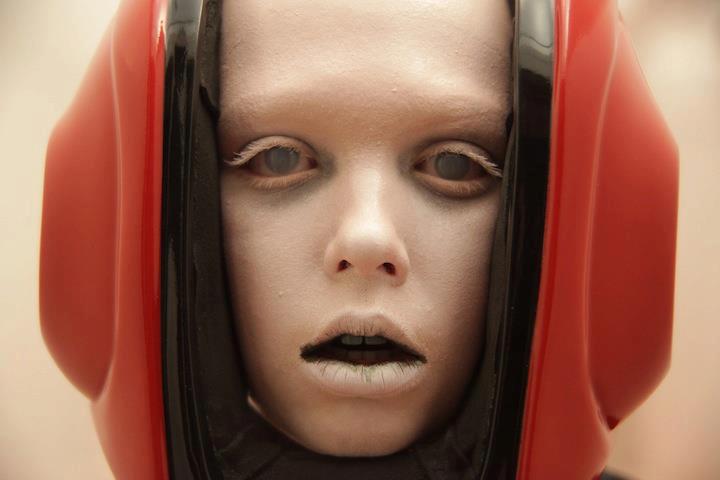
This might be the most unknown and most experimental movie on this list. The feature debut of Canadian director Panos Cosmatos is a surreal blend of horror, science fiction and psychological thriller. Aside from its impressive cinematography (Kubrick influences take turns with reminiscences to “Suspiria” by Dario Argento, just to name a few), the movie offers a musical tour de force with the work of Canadian keyboarder Sinoia Caves.
The soundtrack is another great example of John Carpenter’s huge influence on cinematic music and movie scoring. Heavily based on analog synthesizers, the music sprays a warm and nostalgic 70’s vibe. Filled with subtle distortion, atmospheric pads and high-frequency bleeps, the movie reveals strong influences of Giorgio Moroder or German pioneers Tangerine Dream. Besides that, the score has a very experimental character, bearing the composer’s sympathy for electronic pioneers like György Ligeti and Krzysztof Penderecki (their music is well-known for it’s use in some of Stanley Kubrick’s movies).
Nonetheless, the score doesn’t rely completely on musical influences, but has it’s own trademark. As well as the movie’s narrative, the music has something ghostly about it. Tracks like “Forever Dilating Eye” are mystic soundscapes, which interweave haunting voices with forward percussion patterns and screaming synths. “Run Program – Sentionauts” is the score’s epicenter and an synthesized ode, working as the barnstorming opening into the movie’s surreal world. “Arboria Tapes – Award Winning Gardens” is an outer space jam, which sounds like the blowing of the wind in huge reverberation chambers.
While electronic scores often feel cold and soulless, the score of “Beyond the Black Rainbow” is full of meandering baselines and pulsating synths, resulting in a highly organic and original production. While every track of the score is unique, the whole soundtrack works as a complex soundscape, glued together by a distinct aesthetic.
3. The Social Network (Trent Reznor & Atticus Ross)
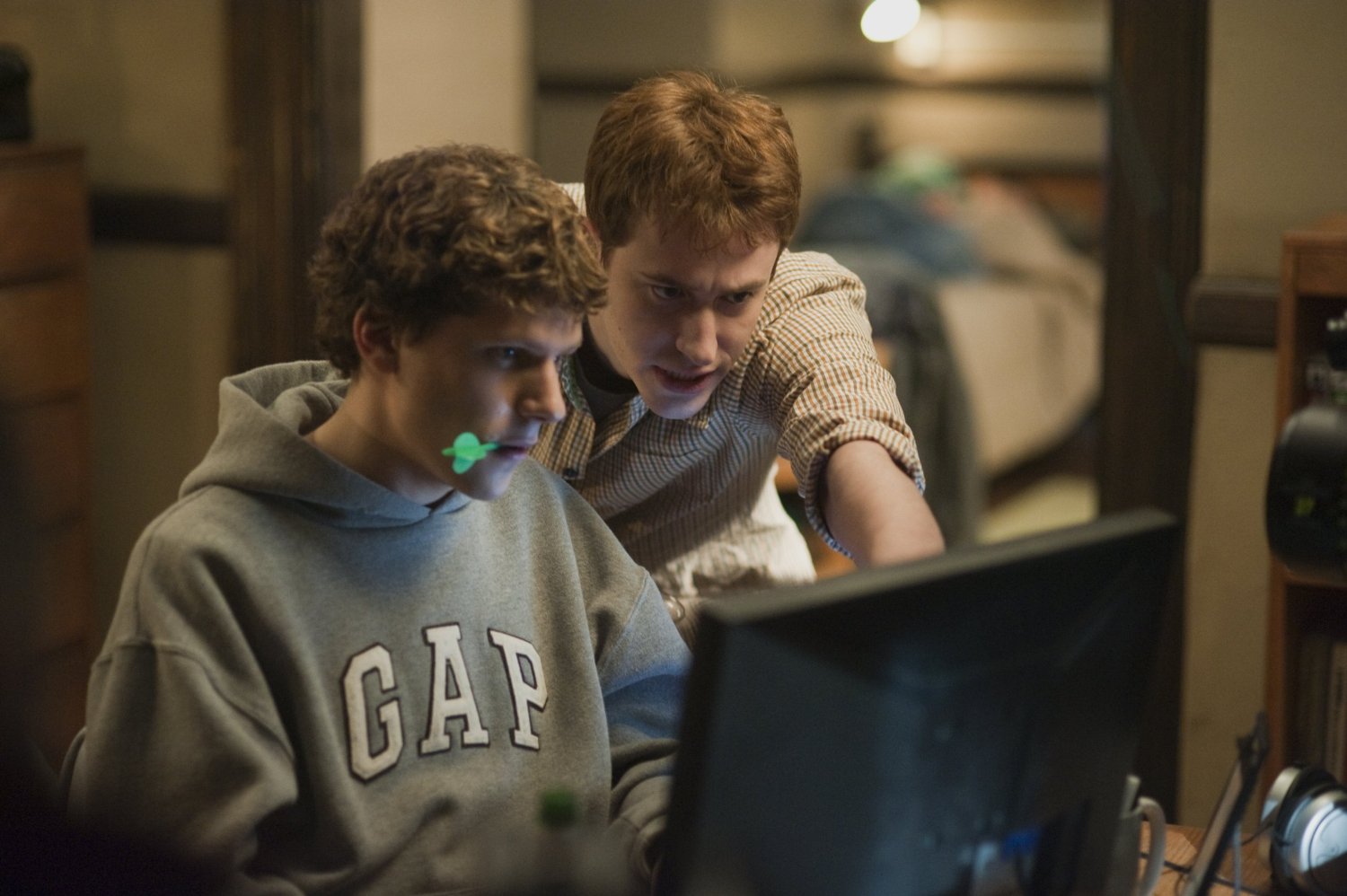
One might argue that the score of “The Social Network” with its piano elements isn’t a completely electronic-based soundtrack. But regarding the alienating use of electronic effects on the piano elements and the dominance of brilliantly composed synthesizer sounds, the work of Nine Inch Nails legends Trent Reznor and Atticus Ross deserves this spot on the list.
The film about Mark Zuckerberg and the invention of Facebook was one of the most talked about movies of 2010. One reason for that is definitely the soundtrack. With its highly technological and electronic-focused approach, the score is an excellent musical metaphor for the digital revolution Facebook would become. The perfect symbiosis between computers and mankind.
Tracks like “In Motion” work as excellent translations of the character’s ambition into music. Other compositions reveal strong industrial influences and tie in with the trademark sound of NIN, working as the illustration of the protagonist’s scheme-infected abysses. But as well as the movie, the score never seems too ambitious in order to set the audience in a distinct emotional state. The music is a subtle masterpiece and one of the best scores of the 21st century.
2. Eraserhead (David Lynch)
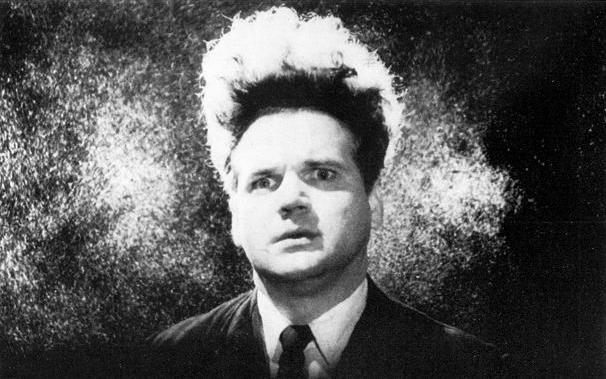
One of David Lynch’s core competences is the cinematic use of sound. The haunting effect of his movies is highly predicated on the intensive sound design and the soundtrack. In case of his feature debut “Eraserhead”, both components interweave with each other in a seamless manner.
The grainy black-and-white look of the movie with it’s postindustrial environment and the surrealistic and abstract narrative desires for an equally strong musical layer. With his sinister and long-lasting soundscapes, Lynch launched the perfect counterpart. The score could be described as an avant-garde conglomerate of hum, disturbing noises and reverberation. But instead of sounding flat, the arcane sound-mix adds an immersive force and complexity to the movie’s visuals. From time to time, ghostly, carnival-inspired melodies mix with the dense sound carpet, enhancing the spooky atmosphere with its contrapuntal approach.
While most of the score’s time is dominated by the experimental soundscapes, the soundtrack’s heart is the eldritch ballade “In Heaven (Lady in the Radiator Song)”. The song simply consists of a Hammond-organ-like element and the chant of the ominous Lady in the Radiator. It’s placed on the sharp edge between beauty and terror, perfectly summing up the film’s aesthetic.
1. Blade Runner (Vangelis)
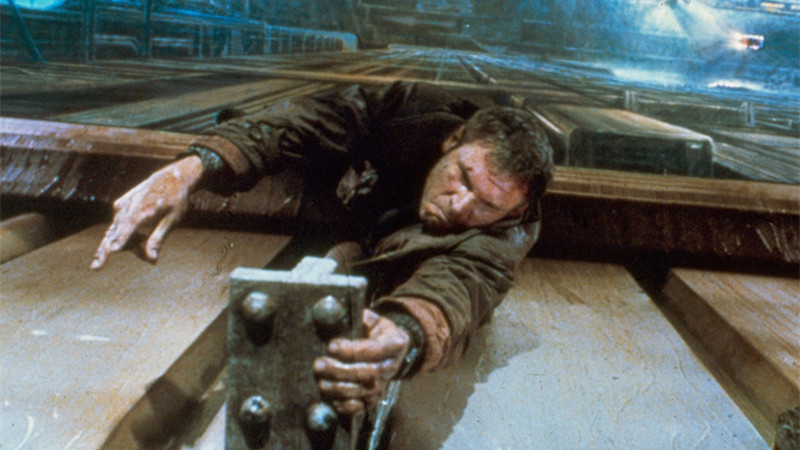
Technically this is another movie with some decent non-electronic elements in its score. But regarding the cultural impact of the soundtrack and its highly electronic aesthetic, this list wouldn’t be complete without Ridley Scott’s science fiction masterpiece.
With his work on 1982 cult classic “Blade Runner”, Greek composer Vangelis not only set a milestone in movie scoring, but lifted himself up in the gods of film composers. The score combines the aesthetics of epic, blockbuster-like orchestra compositions and experimental avant-garde soundtracks. It’s clear that someone did a formidable job when the sound of an instrument is irreversibly associated with a distinct musician’s work.
Strongly used in the whole soundtrack, today the Yamaha CS-80 synthesizer is an icon of synthetic science fiction scoring. In particular, the main theme is an unmistakable achievement and perfectly captures the dystopian sadness of Los Angeles in 2019. The music is highly enriched with reverberation, giving the score a dream-like and monumental vibe, working as the perfect treatment for the spacious environment of the movie with it’s huge and futuristic buildings (the production design is strongly influenced by Fritz Lang’s “Metropolis” from 1927).
For science fiction movies, an electronic score is the perfect musical metaphor for the symbiotic coexistence of machines and mankind (one of the first science fiction movies with an electronic score is 1951’s “The Day The Earth Stood Still” with the forward-looking use of the theremin by composer mastermind Bernard Herrmann). But while electronic music often has a cold and soulless character, Vangelis managed it to give his compositions a highly agile and sentimental aesthetic.
Regarding loneliness as a main theme of the movie, while listening to Vangelis’ music one visualizes anonymous shadows fugitively flitting through the diffuse and neon-illuminated streets of a futuristic metropolis. The cinematic power of Vangelis’ music and its capability of kidnapping the audience into the movie’s world is impressive. While hearing the movie, one feels like smelling the dust of LA with its wet concrete or tasting the pouring rain. It’s the sound of the future – for more than three decades.
Author Bio: Berlin-based Luc Hinrichsen has a bachelor’s degree in audio engineering and plenty of experience in scoring movies on his own. Beside that, he is an aspiring screenwriter and director always curious about enlarging his knowledge about film and its history.